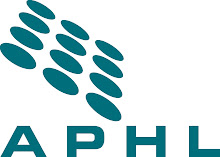The CDC-APHL State Lab Capacity Modeling Analysis model, developed to generate data on laboratory processes over the course of a pandemic, allows for states to refine their pandemic plans based on their individual resources and needs. Information generated from running the model identifies resource gaps and bottlenecks that may occur during a pandemic surge. Further, it allows for optimization of strategies for increasing respective capacities. Data entered into the model can be easily reconfigured, to determine how adding or removing resources affects throughput.
The recent and ongoing 2009 Novel Influenza A H1N1 (swine-like) outbreak offers a real-life scenario with which to assess the predictive value of these models. Compilation of data and of measurement evaluations continues, particularly as this event constantly evolves. Preliminary evidence proves, however, that the bottlenecks predicted by the model have proven to be true. Specifically, North Carolina, with seven confirmed cases and thousands of samples tested, reports that the model proved correct when predicting that the accessioning, extracting, and reporting stages would result in bottlenecks.
The feedback from the state—that the model was correct—is indicative of the fact that such practices are useful and carry value. We anticipate receiving feedback from other states, and are optimistic that this tool can be utilized in the future for more effective planning and capacity assessment purposes.
Tuesday, May 19, 2009
Subscribe to:
Post Comments (Atom)





No comments:
Post a Comment